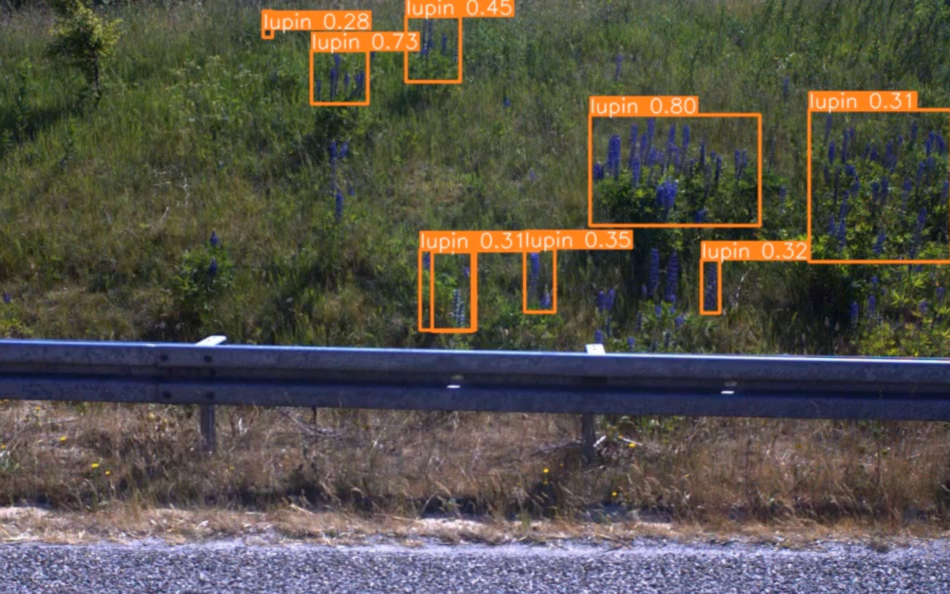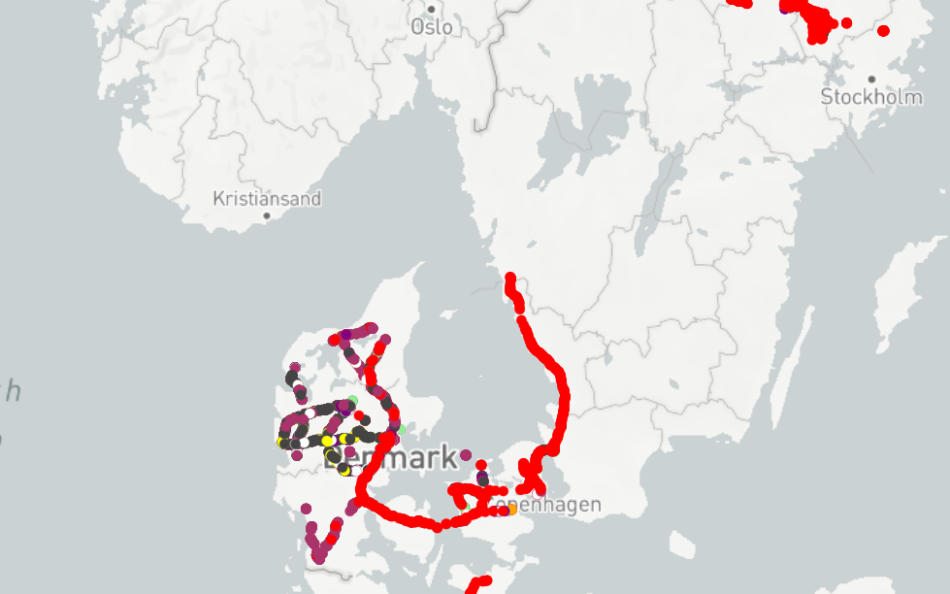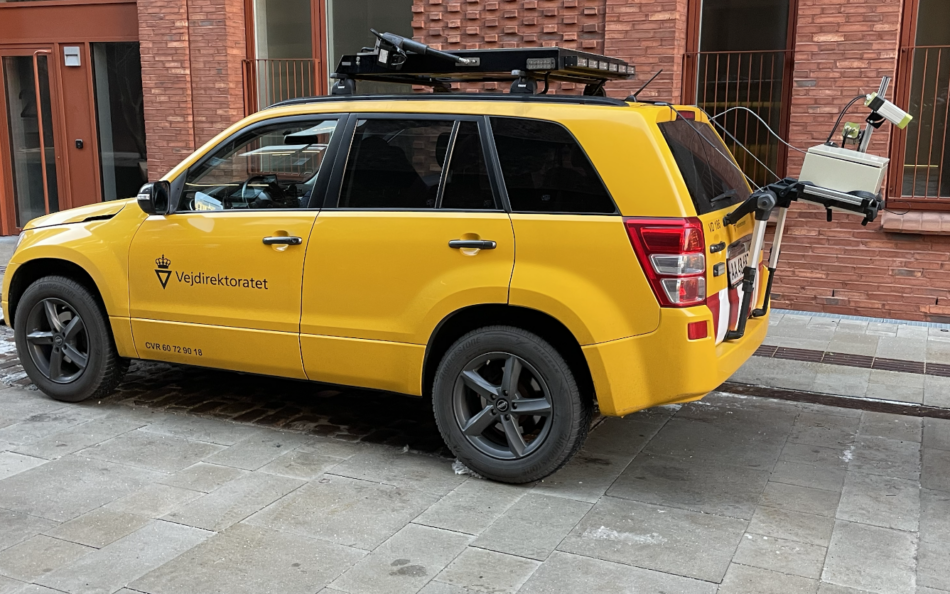In Denmark, a staggering 1,844 species are teetering on the brink of extinction, highlighting a critical need for concerted conservation efforts. The Danish Road Directorate, with the expertise of Trifork has embarked on an innovative project to safeguard biodiversity. This initiative focuses on the identification and mitigation of invasive alien plant species that threaten native ecosystems along the roadways of Denmark, Sweden, and Iceland.
Traditionally, the monitoring of these invasive species was conducted manually, a method that proved sporadic and insufficient due to its reliance on service vehicles’ occasional transits. Recognizing this gap, Trifork leveraged its technological expertise to develop an AI-driven solution that promises a new dawn for ecological monitoring.

The heart of this solution is a network of vehicle-mounted cameras, which utilize advanced AI algorithms for the constant and precise identification of invasive alien plant species. These cameras are the vigilant sentinels of the roads, capturing images and enabling the AI to analyze and register the presence of invasive species in real time. This system not only marks a significant leap in data collection efficiency but also provides invaluable, ongoing insight to road authorities.
What sets this project apart is its adaptability and resilience. As Christina Steenbeck, a biologist at the Danish Road Directorate, articulates, “It is a project that takes time and requires thoroughness.” The team is committed to refining the AI algorithms to achieve impeccable accuracy, enabling them to detect invasive species throughout various stages of growth and under all weather and lighting conditions.
Moreover, the project is expanding its horizons by incorporating the monitoring of roadkill occurrences. This additional feature aims to map out hotspots for animal-vehicle collisions, laying the groundwork for preventive measures to be implemented in areas with high mortality rates.


“We required a partner with different skills from ours, and fortunately, we quickly found Trifork. They immediately grasped our concept, fostering a strong collaboration despite our distinct fields—ours being biological and Trifork’s technical. Trifork comprehended both our vision and the practical challenges, such as ensuring functionality in diverse weather and lighting conditions, and at speeds up to 130 km/h. Their understanding led to the development of a viable system, demonstrating our successful partnership and the project’s efficacy.”
This case story serves as a testament to the power of AI in environmental conservation. By integrating technology with traditional ecological management practices, Trifork and the Danish Road Directorate are not only protecting biodiversity but are also paving the way for a more sustainable interaction between humanity and the natural world.
The solution operates in tough environments for technology, with high speeds, changing weather conditions, and shock and vibration. The technology had to be deployed to the edge running in real-time to create a compliant solution. To obey these requirements, Trifork chose a software stack from NVIDIA Metropolis, which enabled highly complex applications to run in a compute-restricted environment powered by the Lenovo SE70 edge computer, containing an NVIDIA Jetson.

Content